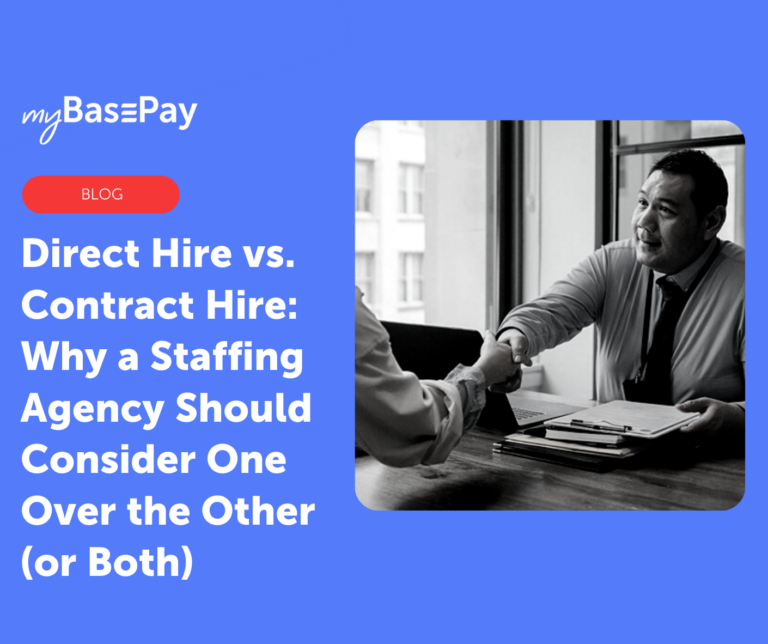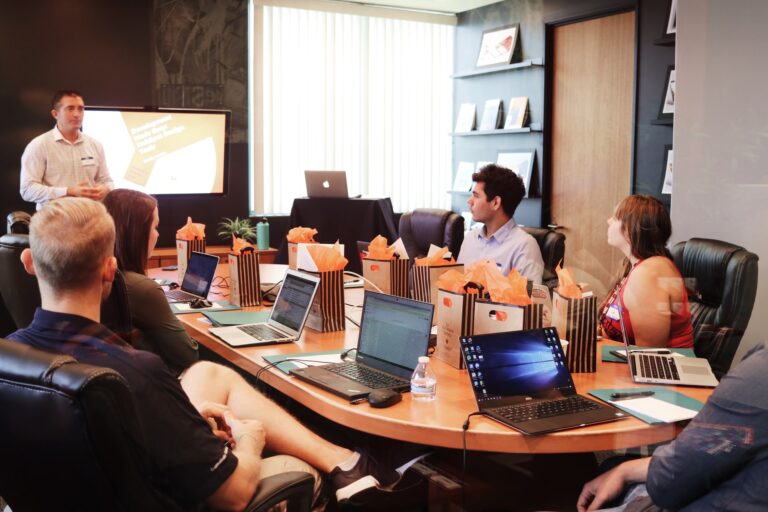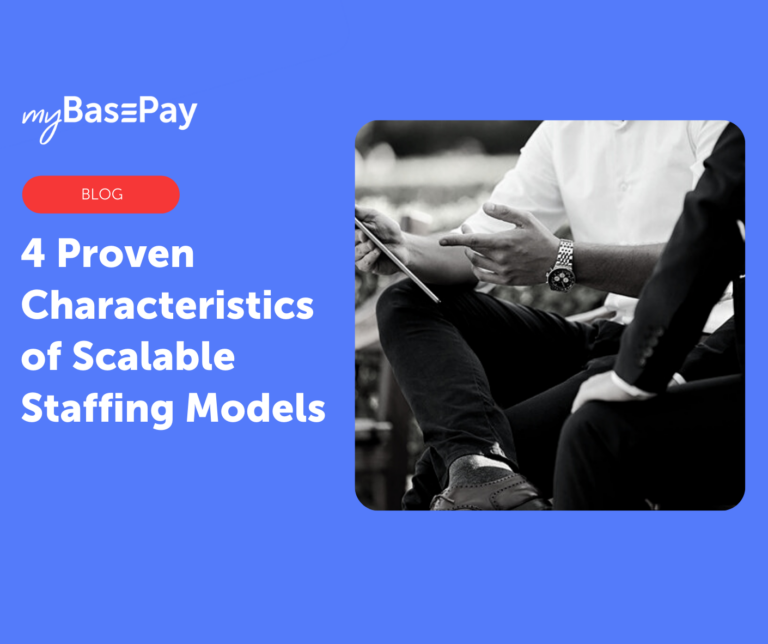What Staffing Firms Can Do to Address the Talent Gap (and Mitigate Any Associated Risks)
The term “talent gap” is a loaded phrase for any business, but it can be especially troublesome for staffing firms. When a gap exists between your current team’s competencies and capabilities and your organization’s goals, filling client projects and remaining relevant becomes increasingly challenging.
Technological disruptions have played a significant role in creating the talent gap, especially when the current staff is reluctant to embrace new tech tools. Those who are slow to address such changes can fall behind surprisingly quickly.
For staffing firms, addressing their talent gaps and the talent gaps their clients are experiencing is set to become an ongoing challenge. However, leaders can keep the talent gap from causing major stumbling blocks by taking proactive measures.
Improve Your Current Team’s Abilities
As staffing firms know pretty well, hiring new employees can be quite expensive. A survey from SHRM reveals that the average cost of a new hire is over $4,000. That’s without accounting for the costs associated with an existing employee who’s fired or quits, which can cause the costs to the company to increase exponentially.
Because of this, up-skilling your team should be one of your priorities in closing the talent gap. Successful contingent workers utilize ongoing education to improve their skills to remain attractive to potential employers. Similarly, staffing firms can enhance their team’s efficiency by investing in ongoing education that keeps them up to date with new tech, industry trends, and more.
Online education resources have made it easier than ever before to brush up on vital knowledge and improve skills. Many certifying bodies provide education at little to no cost to keep professionals up to date with the latest trends in their industry.
Making this type of investment in your team will improve their productivity and retention. A 2018 report from LinkedIn revealed that 93 percent of workers would stay with their company longer if it invested in their careers. In many circumstances, improving your current team’s capabilities can result in significant cost savings, as you won’t need to hire additional workers to fill the talent gap.
Expand Your Idea of Who Is In Your Talent Pool
Of course, sometimes the issue isn’t the quality of your talent. It’s the fact that you need more skill to scale your business. Many industries have found this a much more significant challenge than initially anticipated.
In an interview with the Ivy Podcast, Mark Roberts, CEO at TechServe Alliance, explained, “You can’t grow if you can’t add people to your team…right before the COVID-19 impact, the [engineering] industry and employment, in general, had been accelerating and then started to decelerate. And it was for lack of supply — lack of available talent the rate of growth has decelerated for IT employment simply because there’s not enough [talent].”
He added, “I think people have to get creative and think broadly…very broadly in terms of the talent pool. […] Individuals on the autism spectrum are often wonderful IT consultants and perform many of those tasks quite well. The other group that we’re also looking at is the non-college educated. Many people think, ‘Oh, you must have a four-year degree,’ and that’s not true in IT…I would encourage folks to think broadly… don’t go back to the same resources that everyone has available to them.”
For many organizations — including staffing firms — the problem is that they continue to rely on their “tried and true” recruiting resources. In reality, top talent is available from a wide range of diverse resources. Prioritizing diversity, equity, and inclusion begins by looking at various sources of talent and reconsidering which qualifications are essential to perform a particular job.
Embrace the Contingent Workforce
Sometimes, hiring full-time employees is essential to close the talent gap. But this isn’t always the case — and sometimes, the talent you need isn’t going to be interested in full-time opportunities, anyway. The same technological trends that have contributed to the talent gap have also accelerated the growth of the contingent workforce. Staffing firms and their clients must learn to adapt to the changing nature of work to access top talent.
While hiring a mix of contingent and full-time workers can undoubtedly complicate matters from a compliance perspective, it can quickly become a win-win for both the business and the talent. Using contingent workers is often more cost-effective for the company, as they don’t need to pay out benefits or a full-time salary. At the same time, however, contingent workers prefer their work setup due to the increased flexibility and freedom.
This was a pivotal point brought up by Mark Roberts in his Ivy Podcast interview: “IT makes great use of the contingent workforces. So many initiatives are project-based in nature. You know, you have a need for someone…perhaps it’s for a nine-month process. And then you don’t have a need for that skill set, but you have a need for a different skill set. That’s the wonderful thing that our members and IT staffing firms do, is they provide that flexibility…the opportunity to rotate different skill sets as a company’s needs change.”
The most successful organizations in today’s world are increasingly agile, with organizational flexibility that enables them to respond quickly in addressing an urgent talent gap. Partnering with contingent workers ensures that desired skill sets are readily available when needed. Staffing firms and their clients can work with contingent employees on a single project or a recurring basis as is necessary to handle tasks that their current talent isn’t equipped for.
As technological change continues to accelerate, the impact of the talent gap will only become a bigger problem for organizations that don’t have the necessary skills or staff. By utilizing these strategies to mitigate the real risks associated with the talent gap, staffing firms can ensure that they and their clients have the top talent needed to succeed.
Author: Cesar Romero
Cesar is the Head of Marketing at myBasePay, where he’s responsible for overseeing the company’s content marketing, community, and partnerships strategy. He also co-hosts The Ivy Podcast where he interviews executives from Fortune 500 companies on executive leadership. When he’s not helping startups with marketing and community strategy, you can find him paying it forward by serving as a mentor for leading organizations like StartingBloc, Hive, and Global Citizen Year.






